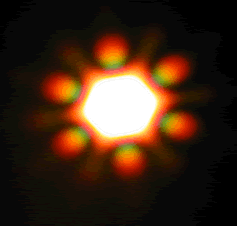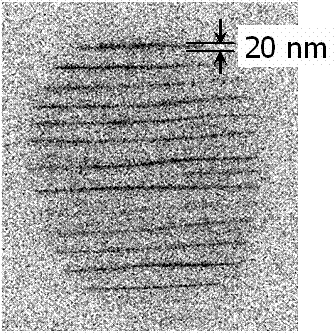
The ability to control light and the properties of matter in small (nanometer) regions of space and over short (femtosecond) time intervals becomes more important as electronic and optical devices are pushed to the limits. Recent progress in the fabrication of artificial materials with refractive index structured at the submicron scale, and in high power ultra-short pulse lasers, is opening up new frontiers in the physics and technology of light-matter interactions. The two fields are sometimes inextricably linked. Short pulse lasers can themselves be used to pattern materials on the nanometer scale in 3D, and microstructured materials such as photonic crystal fibres are being used to manipulate and transmit the ultra-short pulses. Many new applications are emerging, for example efficient generation of coherent UV and X-ray radiation from few-cycle optical pulses in noble gases and stimulated Raman scattering at ultra-low threshold powers in molecular gases such as hydrogen. Related areas of research, many of them new, include near-field optics, plasmonics, quantum optics in sub-wavelength structures, optical trapping and atom guiding. Glasses, optical fibres and waveguides play an often crucial role in this nano/femto technology revolution, while offering other unique advantages. Over the past decade very significant progress has been made in glass poling and in UV-induced photosensitivity. The performance of fiber Bragg gratings has reached astonishing levels of sophistication and perfection, resulting in their being used routinely in telecommunications, fiber laser and sensor systems. This is all the more surprising given that the physics of photosensitivity and poling continues to be debated, indeed is still an active area of research.



Light 'fingerprint': the smallest embedded structure ever created by light
Brighter than sun: endlessly single-mode PCF
emitting a white-light supercontinuum,
pumped by a 1064 nm microchip laser